Fashion Companies That Stopped After Ww2
Fashion after WORLD WAR Ii
In 1945, World State of war II was officially concluded, and the sovereignty of France was returned. End of World State of war II did not immediately change the fashion industry.Wear rations and fabric restrictions endured some fourth dimension after equally the economy changed slowly from a war economy toward peace.
RECONSTRUCTION OF PARIS AS A FASHION CAPITAL
Fashion houses were reopened, new designs developed. Slowly the style industry started to flourish after World State of war Ii. Fragile feminity was seen in the form of soft shoulders, stiletto heels, wrist length gloves and full billowing skirts. Even working women'southward outfits hinted at fragility, with pencil-slim skirts, fiddling hats withh veil and feathers. Hemlines went up!
The saving of mode in French republic was aided by Christian Dior who opened a couture firm in 1946 with a wearable line utilizing cotton. His first line in 1947 encouraged women to exist luxurious.
Christian Dior, who served every bit a French officer for i year, decided that French women needed, a new expect.
The New Look consisted of everything the war did not allow,feminine & beauty. Information technology encouraged pocket-size waists, excessive fabric, and luxury.

WHY THIS RECONSTRUCTION TOOK Identify?
The women of France, who spend years surviving under Nazi dominion and the effects of the Globe WAR wanted to experience beautiful again, hence the revitalization of the mode industry. Mode was a fashion for women to self-express themselves one time again.
FASHION AWARNESS IN AMERICA!
A new world consciousness emerged every bit Americans became aware of other places. Tropical prints became popular and featured exotic florals such equally palm fronds and hibiscus blooms.
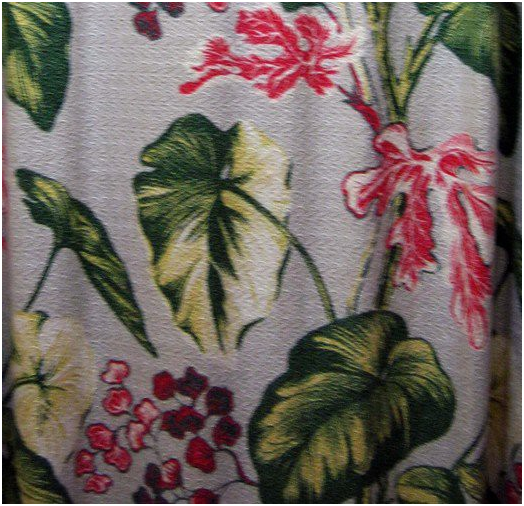
The colors and styles of Mexico and Latin America brought new colors similar terra-cotta and turquoise to women who craved brightness and fun.
SIGNIFICANT Way CHANGES COMPRISED OF:
ane-Artist INSPIRED CLOTHING
Peasant blouses and skirts offered a soft, absurd femininity for warm weather inspired by the popular Mexican creative person Frida Kahlo.

2-Return OF NYLON STOCKINGS TO THE HIGH STREET!
When rations were eased subsequently the war, information technology led to queues that ran out the doors and down the cake — leading to "nylon riots" in some places. Some twoscore,000 women lined upward outside a shop in Pittsburgh that had thirteen,000 stockings, while a shop in San Francisco had to cease selling stockings after it was mobbed by 10,000 people. Demand stayed very high throughout the 1940'south that DuPont demanded payment in advance for all purchases, even from the nigh reputable accounts.
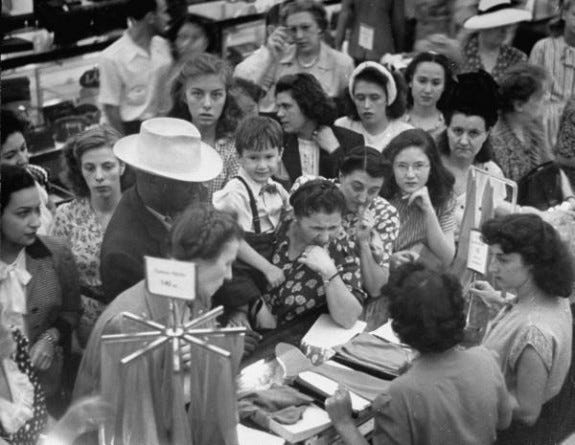
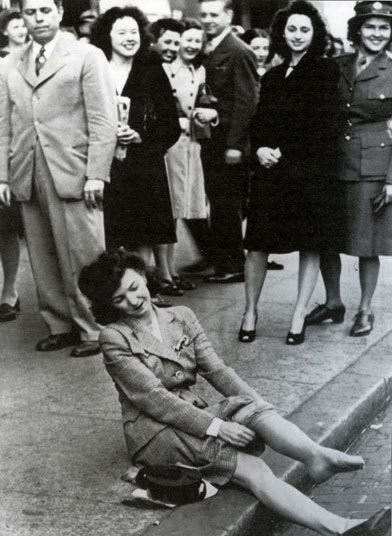
iii-Babe BOOM!
Due to the baby boom, there was a high demand for clothing for children. Children'due south clothing began to exist fabricated to a higher quality, and some even adopted trends popular with teenagers; many boys started wearing jeans to Uncomplicated school. Many girls' and young women'due south dresses were styled later on those of the older women.

4- ZOOT SUIT
During and after the war, oversized zoot suits were worn past rebellious teenagers, hep cats, and gang members, especially African-Americans, Italian-Americans.
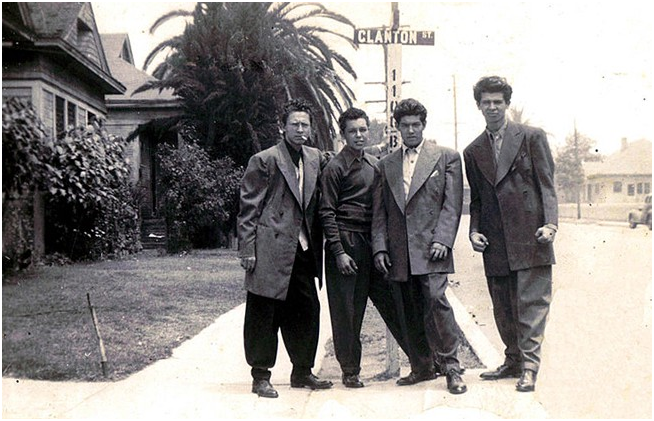
5- MENSWEAR
As wartime restrictions on fabric eased, trousers became fuller, and were normally styled with cuffs,& men'due south suits were broad-shouldered and ofttimes double-breasted.

half-dozen- HAIRSTYLES Afterwards World WAR 2
MEN
Men's hair manner favoured the wet await.

BOYS
Young men often grew their hair out.
WOMEN
Women hair was brusque and curled with the New Look, and hats were essential.
GIRLS
They adopted the ponytail.
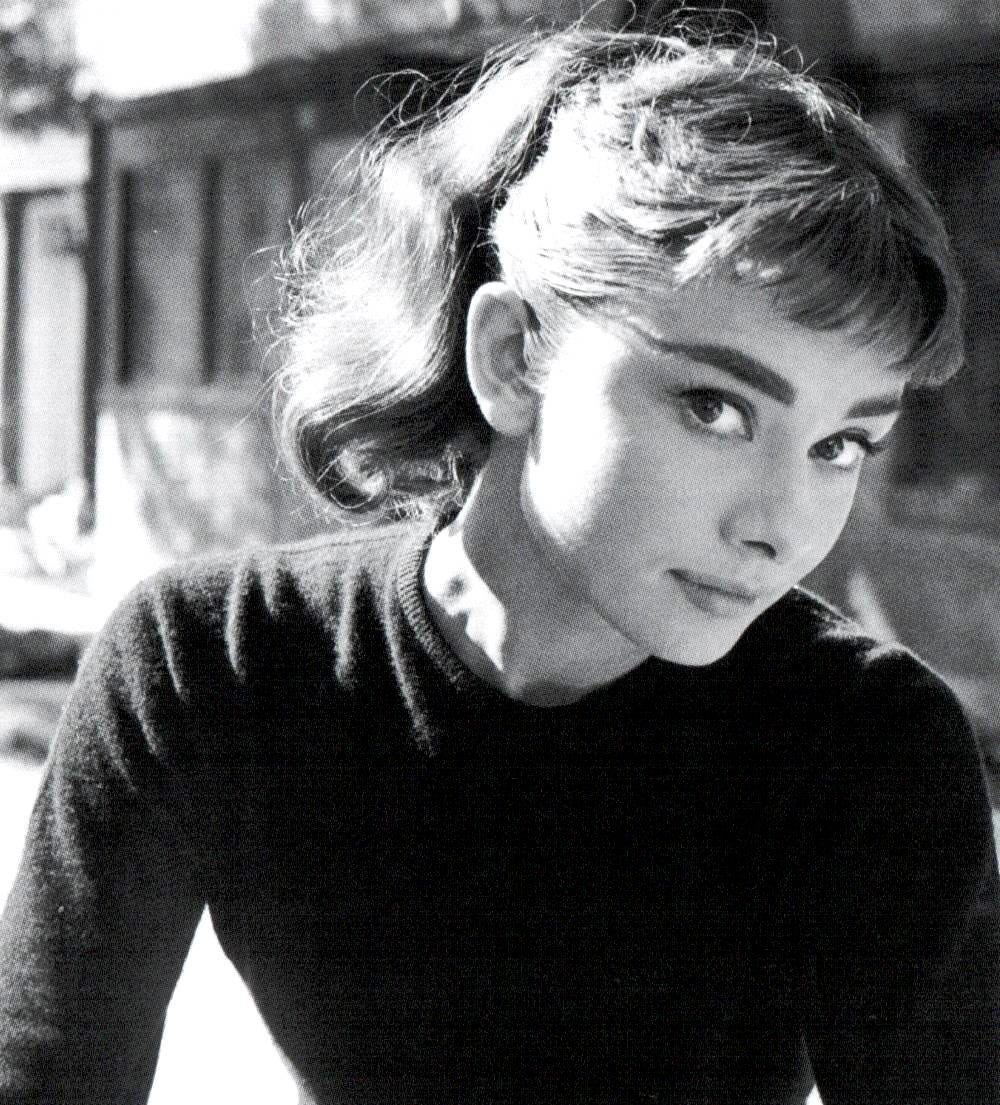
vii-Accessories
Because jewellery was also on the ration, innovative ways were plant to create bespoke items.
This plastic bracelet was reputedly made from the windscreen of a crashed High german shipping.
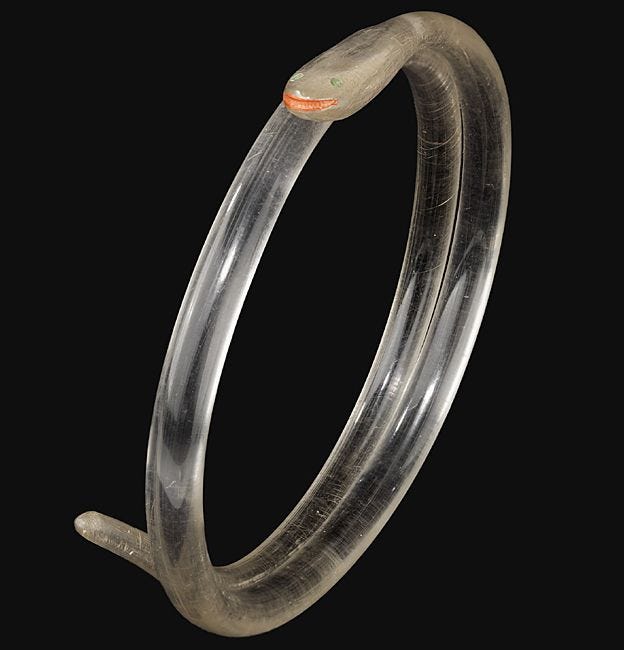
In conclusion, the sweeping political and social changes had a direct relation to the fashions that people wore. From women wearing The New Look dresses of 1947 to the gray-flannel-suited businessmen of the early 1950's to the dangerous-looking greasers of the tardily 1950'due south, the manner people dressed reflected their attitudes almost the changing social and political climate of the period.
BIBLIOGRAPHY & REFERENCES
SMRUTI GUPTA, FBM 2018–19 STUDENT AT ISDI.
BLOG FOR THE CULTURAL HISTORY OF Mode BUSINESS.
Subject field Teacher- BELINDA BAWA.
0 Response to "Fashion Companies That Stopped After Ww2"
Post a Comment